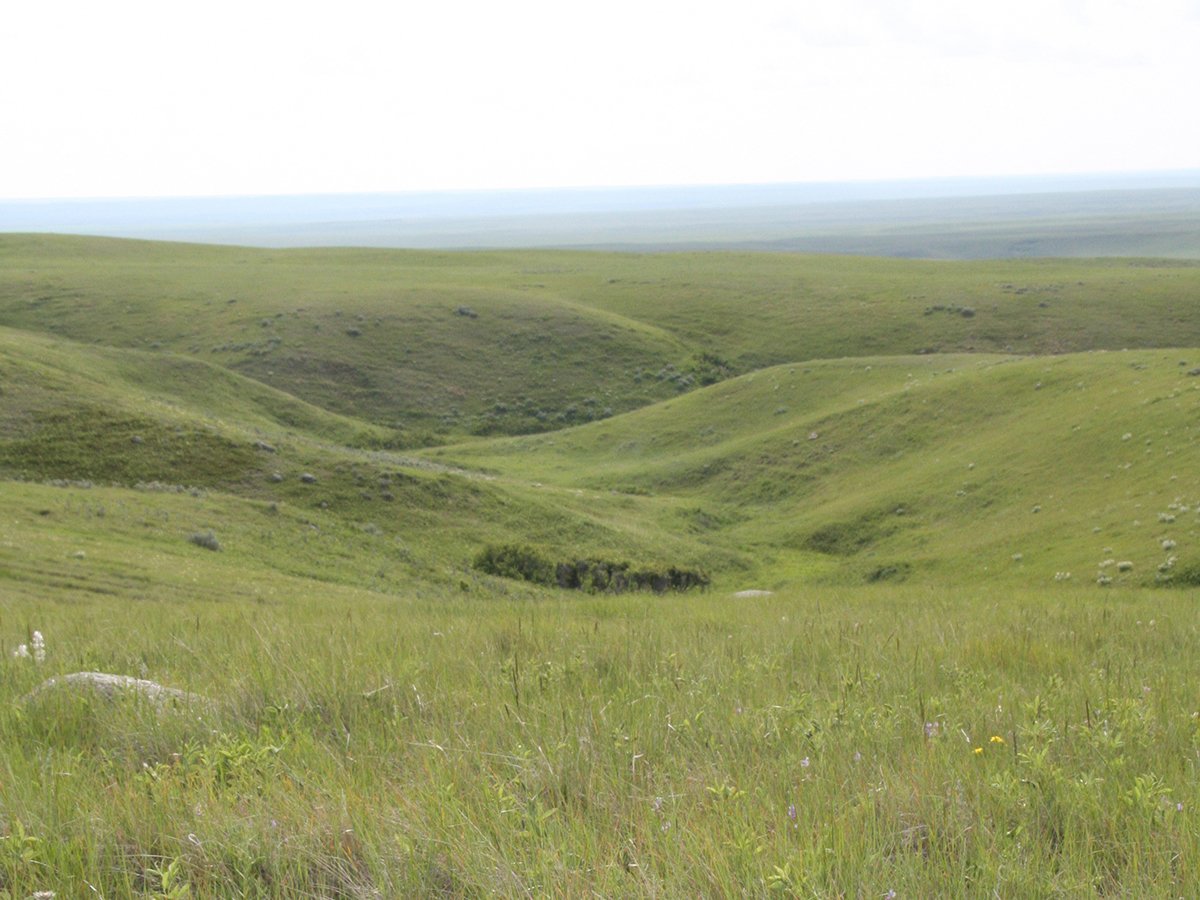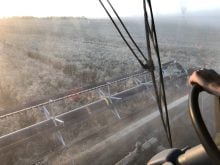Summary of crop conditions, week of July 3 to 10
Alberta
Peace
The southern Peace region around Grande Prairie has plenty of rain but further north crops are disappointing due to drought. At Fort Vermilion canola is uneven because many plants bolted early. Pastures are suffering and overgrazed pastures haven’t recovered. Hay crops range from good to bad depending on rain delivered during infrequent, scattered showers. In dry parts, wheat is six inches tall and heading out. Forage seed crops like brome and fescue are below average.
Read Also

Alberta irrigation project on grasslands approved
Environmental concerns raised by Alberta conservation groups over irrigation expansion project within rural municipality
North/Central
Dry, hot weather has been alleviated in a few areas by spotty showers. Canola is blooming, cereals are short and starting to head out. Pastures are dry and some farmers are turning cattle onto hayland because there isn’t enough grass in the Provost area. Dugouts and wells are holding out but a general rain is needed. North of Edmonton scattered showers helped revive crops. Bertha armyworms are appearing and some areas report grasshoppers.
South
Fall seeded crops east of Lethbridge are thriving but could use more heat. Because of spotty weather conditions farmers are either experiencing floods or drought. Large amounts of rain from Calgary south provided ideal grazing conditions but the first cut of hay is delayed because of rain and high humidity which prevents proper drying. In the southeast, conditions are drier and hay crops are scanty because of a dry fall and spring.
Saskatchewan
North
Northwest Saskatchewan is in the grip of drought. Spotty showers haven’t been enough to save some crops which are now being turned over to grazing, greenfeed or being ploughed under. Cool weather has allowed many crops to hang on, but cereal heads aren’t filling and canola is looking poor. Haying has proceeded well on a poor hay growth, with most completed. Northeastern area has variable moisture conditions and spotty crop development.
Central
West-central area has good moisture conditions, but fingers of the northern drought are reaching in, hindering crop development. Canola is flowering. Cereals are reaching heading stage. Peas and lentils are flowering. Haying is behind normal. Crop growth advancing rapidly in east-central region. Moisture conditions good. Producers are worried about wheat midge and Bertha armyworm. Diamond-back moths are becoming a problem in canola fields south of Yorkton.
South
Conditions good in the south-west. Crop development variable. Good moisture in south-central, but a storm of hail has flattened fields around Assiniboia. Crops excellent in southeast, but diamond-back moth worms are a grave concern. More than half of canola fields need to be treated. Wheat midge emerging.
Early wheat is starting to head. Canola has begun flowering. Hay crops have very good yields but cutting has just begun.
Manitoba
Northwest/Interlake
Scattered thundershowers did little to alleviate dry conditions throughout much of the region. Crops are experiencing drought stress and developing rapidly. Cereal crops are 30 percent headed out, 40 percent of the canola and 20 percent of the flax is in flower. Many early-seeded cereal crops are short with few tillers. Haying is in full swing. In the northwest, crops in the Dauphin, Ste. Rose and Roblin areas are stressed by lack of moisture, while Swan River received general rains helping good crops there. Spraying for sclerotinia stem rot and diamond-back moth is taking place in the area.
West
Haying well under way, but yields from first cuts mostly below average. Moderate temperatures with scattered showers helped crop development. Cereals are mostly in the shot blade stage, with some heading; half of the canola is in bloom while flax is tillering. Bertha armyworm numbers high in some regions; diamond-back moth larvae reported.
Red River Valley
First cut of hay is nearing completion. A general rainfall of 30 mm throughout the region helped crops. Sunflowers, corn and field beans continue to do well. The potato crop is in bloom and looks promising. Monitoring for various pests is continuing: moth numbers in Bertha armyworm traps are high in the Morris, Sanford and Brunkild areas. Limited spraying of canola for sclerotinia.
Highlights:
“It’s not like we’re devastated yet…. It will be a very anxious and excited time to get it all to harvest.”
-Brad Hansen,Estevan agrologist
Source: Provincial agriculture departments, Alberta Wheat Pool, Saskatchewan Wheat Pool
















